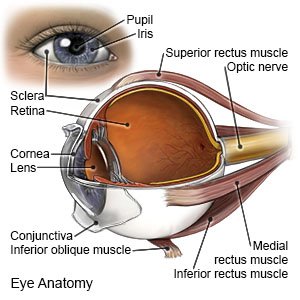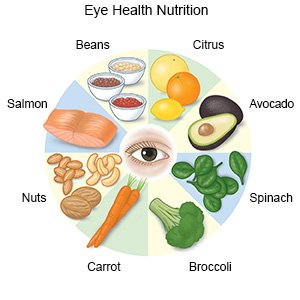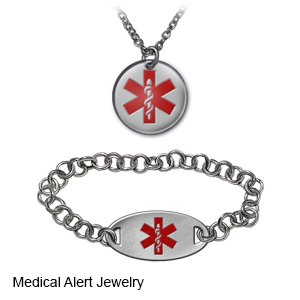Glaucoma
Medically reviewed by Drugs.com. Last updated on Aug 4, 2025.
Glaucoma is an eye disease that causes vision loss in one or both eyes. Glaucoma is caused by fluid buildup behind the eye. This puts pressure on your optic nerve and damages it. The 2 main types are open-angle and closed-angle glaucoma. Fluid normally drains through canals in the eyes. The fluid contains deposits that get left behind in the canals as the fluid drains. Over time, the deposits create a blockage that keeps fluid from draining easily through the canals. Open-angle means the blockage cannot be seen in tests. Closed-angle means the blockage can be seen.
 |
DISCHARGE INSTRUCTIONS:
Seek care immediately if:
- You have a sudden loss of vision.
- You have blurry vision and a severe headache.
- You have severe eye pain or a change in your vision.
- You have nausea and are vomiting.
Call your doctor or ophthalmologist if:
- Your symptoms get worse, even after treatment.
- You have questions or concerns about your condition or care.
Related medications
Treatment options
The following list of medications are related to or used in the treatment of this condition.
Medicines:
- Eye pressure medicines help decrease eye pressure. They may also decrease the amount of fluid your eyes make or help your eyes drain better.
- Take your medicine as directed. Contact your healthcare provider if you think your medicine is not helping or if you have side effects. Tell your provider if you are allergic to any medicine. Keep a list of the medicines, vitamins, and herbs you take. Include the amounts, and when and why you take them. Bring the list or the pill bottles to follow-up visits. Carry your medicine list with you in case of an emergency.
Manage glaucoma:
- Get regular eye exams. This will help healthcare providers monitor your glaucoma.
- Avoid behaviors that increase eye pressure. Try not to strain when you have a bowel movement. Do not wear tight clothing around your neck or chest. Do not push or lift anything heavier than 5 pounds. Avoid strenuous activity.
- Eat foods that are healthy for your eyes. Certain foods help get more blood to vessels in your eyes. An example is leafy green vegetables, such as fresh spinach. Your healthcare provider or a dietitian can help you create meals plans.

- Carry medical alert identification. Wear medical alert jewelry or carry a card that says you have glaucoma. Ask your healthcare provider where to get these items.

Follow up with your doctor or ophthalmologist as directed:
You may need to return every 3 to 6 months to have your eye pressure checked. Write down your questions so you remember to ask them during your visits.
© Copyright Merative 2025 Information is for End User's use only and may not be sold, redistributed or otherwise used for commercial purposes.
The above information is an educational aid only. It is not intended as medical advice for individual conditions or treatments. Talk to your doctor, nurse or pharmacist before following any medical regimen to see if it is safe and effective for you.
Learn more about Glaucoma
Treatment options
- Medications for Glaucoma
- Medications for Glaucoma, Narrow Angle
- Medications for Glaucoma/Intraocular Hypertension
Care guides
Symptoms and treatments
Medicine.com guides (external)
Further information
Always consult your healthcare provider to ensure the information displayed on this page applies to your personal circumstances.
